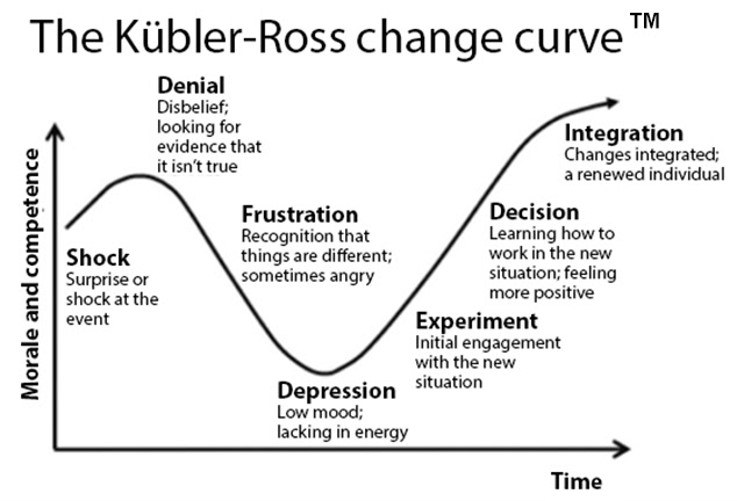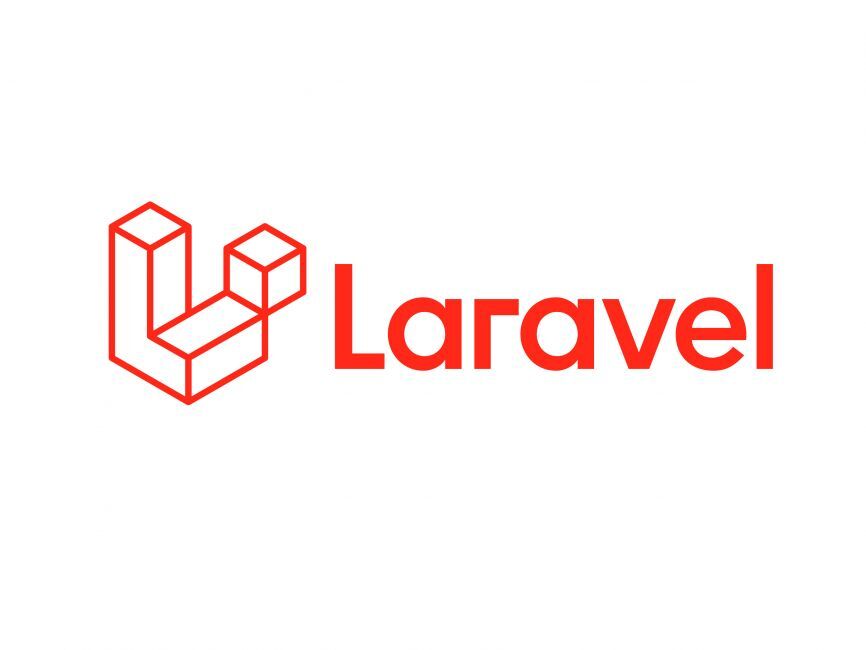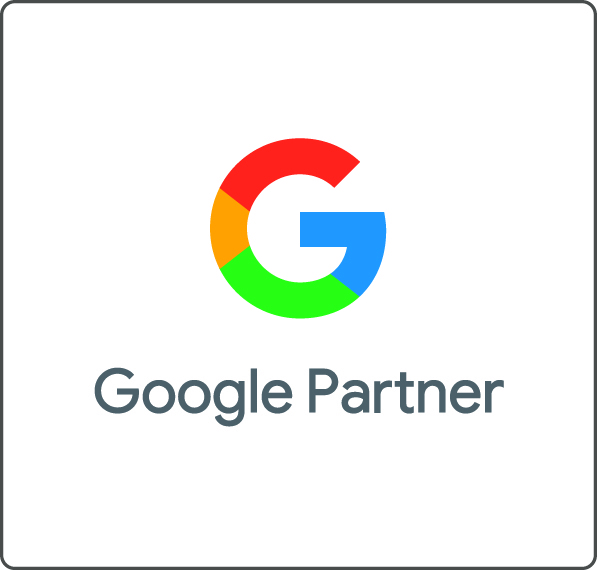In this article I promise to share some of the practical steps we, as a team, took to support one of our key accounts over the past year as they began the process to change their mindset on digital; from seeing their websites simply as “hygiene factors” and siloing their digital comms channels, to wanting to use digital more tactically and strategically to increase global sales & hit marketing KPIs.
No-one really likes change
From a very early age we think of having to change as bad, scary, not necessary… and sometimes all of the above.
If you cast your mind back to your 11 year old self, transitioning from primary to “big school” was somewhat terrifying. You go from being the biggest, oldest kid and having all the confidence in the world as you lord it over the tiny reception’ers in the playground; to then being the smallest kid in your oversized uniforms, surrounded by what appear to be fully grown adults whose cavalier attitude to skirt rolling and fake tan just seem utterly unachievable for you….or was that just me?
Inevitably, we learn to more successfully adapt to change as we get older, learn from the experiences and become better people (hopefully) as a result. That said, I think it’s probably safe for me to assume that most people, even when well into their professional careers, still regard change with negative connotations. Some people I know even actively fight against it and for many of them, for a long time, were doing fine having that attitude.
But then back in March 2020 a previously unknown virus arrived in the UK and all of a sudden marketers were landed with an option to adapt to the changes thrust upon them or potentially get left behind.
Digital change can take many forms. It can range from process & efficiency updates, to technology platform switches right through to transformation and increasing digital maturity across the business.
It’s important to quickly contextualise what I mean by “digital maturity” in this article. I’m not going to start recommending specific tactical delivery ideas and suggest that unless a business adopts AI, VR & BlockChain they’re digitally immature. As promised at the beginning, this is about having a digital mindset, and incorporating digital into the heart of the organisation for the universal benefit of the business including operational and marketing functions.
The project background
This tale is centred on supporting the digital journey of a client who has very much created websites in the past because it was 'the done thing to do' and had created visually stunning masterpieces but were by their own admission disconnected from the brand activation campaigns both online and offline. Our expertise demonstrated that these assets were not being valued for the data they could offer and the role they could play in developing a deeper relationship with their target consumers. So we set about enlightening them...
The various stages of grief
As soon as the words “change management” were first mentioned, we immediately referenced The Kubler-Ross Curve. For those thinking this sounds familiar but not sure how, it’s probably because you’re remembering that Simpsons episode when Homer accidentally eats some poisonous blowfish, thinks he’s going to die and goes through 5 stages of grief (it’s much funnier than it sounds!)
One of the techniques we used to support the change initiative was the 7 staged curve, originally created in the 1960s by psychiatrist Elizabeth Kubler-Ross as a way to explain the grieving process, it’s now widely adopted as a tool to help manage emotions and reactions to any kind of change.

As an agency, we put the consumer at the very centre of all our recommendations and final solutions, it’s people that interact with our communications, people that use our websites/apps and people whom our clients are trying to grab the attention of.
We adopted the same principle when first planning out how to initiate some digital maturity change within our client’s organisation. We knew without the people (our clients) fully onboard, no amount of enthusiasm or shiny toolkits would convince them that change was necessary or indeed possible.
Having worked with this account for several years and having 30+ client contacts there, it’s safe to say we know our relationships very well. We started to map out at which point someone would likely enter the curve, knowing that some would be more excited than others and so likely skip the first 4 stages. As a guiding principle of good UX, we tailored our approach depending on who we were speaking to and how we perceived them to feel. As actionable steps began to happen and conversations took hold we regularly discussed if stakeholders had moved onto the next stage and if so, what and how our interaction style and deliverables needed to shift too.
There are dozens of tools and methodologies to help manage and facilitate professional change and we wouldn’t necessarily advocate for one over the other but we would strongly advise putting the client, at the heart of everything and tailor the approach both to the individuals involved and to the plan as it progresses.
Choosing your champion
After understanding what motivated our clients, what excited them and what should be avoided, the next step was to find our “Champion for Change” client-side. Luckily for us it was made very easy who this person would be as we’d already had early conversations with them in the past.
If however we were not so fortunate and the “Champion for Change” wasn’t immediately apparent we would have spent some time finding the right person for the job.
Based on our experience, here are some traits & credibilities that this person needs to have:
- Suitable standing within their organisation, ideally they would be the CMO but at the very least they should have the CMO’s ear.
- Be digitally savvy and have an appreciation of best practice tools and techniques for digital marketing. This isn’t essential but it saves a lot of time.
- The ability to stay positive and resilient as there will be internal push back.
- The ability to be realistic as to what is possible, it’s easy to get side tracked.
- A truly collaborative spirit. They can’t do it on their own, it’s too much work.
The champion is the most important person as we go through the process, they must be protected and supported at all times because so much time and emotion will be invested to succeed.
We found that our relationship changed, very much for the positive, through having so much day-to-day contact with them. Of course we were their agency partner, still providing them with all the services, advice and deliverables as part of the account, but we were also their confidante when stress levels and frustrations rose. We were the sounding board to brainstorm new ideas off. We were their charging station when energy dipped and we needed to have some fun together.
Arguably this is the role of an agency to fulfil anyway, and it is, but in these circumstances it felt even more intense.
Now more than ever, there is a definite understanding from both sides of the symbiotic nature of our client/agency relationship, one can’t exist without the other. We respect, appreciate & support each other more and ultimately that’s only led to better quality results.
Constructing the vision and making sure it’s exciting
This is where being an agency really helps. Coming up with visionary ideas is what we do for a living everyday.
We have experts that service clients across most digital marketing disciplines across very varied industries, we experiment with innovative solutions just for fun; regularly go to industry events to network with peers; we’re constantly researching new trends, latest technologies and different approaches to tackle a problem.
Through having various discussions and brainstorming sessions we were finding that our clients could only imagine a situation that was just a little bit better than the current one…in our eyes anyway. We put this down to them being too close to the organisation and therefore being all too aware of the constraints they would likely encounter.
Lack of time, resources, skills and budget are all incredibly valid things to factor into the vision as it’s important to remain realistic and not suggest things like “let's host an event on the moon”. But that said, the vision needs to be visionary, for want of a better word. It needs to be exciting, motivational and inspiring. It needs to feel like the organisation will be a far better place to work and service consumers once the vision is realised.
Almost as important as the vision itself is how we presented it to the different stakeholders. You cannot underestimate how much time this takes, how many versions you’ll do and the different forms those presentations will take. We did everything, starting with a GIF that quite literally illustrated a 5 year plan for an omni-channel utopia via a spinning wheel; right through to a 200+ slide PowerPoint deck and a lot of things in-between.
Going back to putting people at the centre, it’s vital to present the right information in the right way for the right people. We found that despite the importance of this change initiative and the level of budget required to deliver upon it, sometimes we literally had 5 minutes to grab someone’s attention. We often joke that the animated GIF was the linchpin that allowed the initiative to gain traction. This realisation could have led to us regretting spending so many hours on the 200 slide ppt, ultimately though the GIF opened some doors and the PowerPoint opened others…we needed all the doors to be open!
Silos suck!
A major part of the vision we landed on was for the organisation to adopt an omni-channel approach to marketing.
Traditionally most, if not all of the channel managers worked independently from each other, not realising the impact one channel's activity was having, negatively or positively over another. At the heart of the problem was a lack of digital integrations, namely data capture and tracking analytics; because of this there wasn’t a clear and reliable way to analyse channel effectiveness, campaign success, conversion rates or ROI on spend.
As well as siloed marketing practices being incredibly detrimental to success, the same is true of trying to manifest change across an organisation, it can’t happen if everyone is siloed from each other and there is a general lack of collaboration. I’ve already mentioned that the “Change Champion” is the key person but it’s not possible for them to do it on their own, everyone at the right time needs to buy into the vision.
Heather MacArthur is a consultant with The Executive Advisory, and offers fantastic insight into why collaboration is key
"….many leaders make the mistake of thinking collaboration is about playing well with others and keeping them in the loop. It’s actually way more than being polite. It’s a creative process. You need to reach out to people ahead of time, involve them in brainstorming ideas on the proposed change and collectively shape the road towards that new future”.
We just kept talking
We’re creatures of habit, right down to our choice of baked bean brand or how we get upset when our favourite Great British Bake Off presenter leaves...again!
When encouraging senior stakeholders and their teams to become more digitally savvy, or even before they agree to think it might be a good idea, we believe it's important to facilitate open communication.
Passionate disagreements are still a positive thing because even if people disagree, they’re talking and still engaging. It’s important to remember that you can’t influence someone if you don’t interact with them, and if they insist this “isn’t my job” and go AWOL. When this happened, we kept communicating, kept them cc’d on emails, kept them updated on the team’s activity... we basically kept them involved in the process. If they didn’t do it on their own steam, they had no choice when they started seeing the positive results.
It is a fine line to find the right balance between being persistent and being irritating and not taking the first no as the final no….politely.
Taking teeny tiny baby steps
This advice can be applied to so many things in life and in work as it’s so easy and tempting to skip the boring steps and jump to the exciting phases in a project or new challenge.
As we’ve established adopting change is hard and many people are quick to discount something as rubbish at the first opportunity. It’s therefore vital to win some small victories first and build on positive momentum steadily.
For example, we facilitated a process of trackable URLs to drive traffic off site and offline to the online destination point. Such a simple change can be a big win, through increasing more data and analysis, leads to better decision making and reporting on campaign effectiveness.
Baby steps can still be awesome steps.
Leaving the past in the past
I wouldn’t waste time going into minute detail around “how we got here” and “how did it get this bad” type situations. Inevitably, it leads to finger pointing across teams, ill feelings and general all round negativity.
We don't like to fester on the past and we don’t blame others as these same people will be the ones we need to support us and work with us going forward.
We strive to facilitate, encourage and inspire to realise a client's vision.
Final thoughts
Working in an agency, we probably have it easier when it comes to coping with change as it’s something we embrace on a daily basis. The very nature of what we do means we’re always striving to be the experts in our chosen fields; continuously attending training events; implementing ways to be better and become more efficient; learning new coding languages; keeping up to date with latest UX best practice; staying abreast of new google algorithms; evaluating industry and economic trends; the list goes on and on but it all solidifies down into one word... change.
We’re a digital agency. For us the world revolves around digital. We’re passionate and nerdy about it and we thrive on learning and adopting new ways to improve how we use digital channels and services to benefit our clients.
For us trying something new is really no big deal and because of that my final piece of advice (and learning from recent experiences) is that I would not assume everyone else on the client's side feels the same way too.
Where digital maturity needs to be improved in an organisation, some clients know a bit about digital, for others it might not factor into their work at all. Therefore we've learned that it’s important to not take things personally, especially when implementing digital change. The stakes and emotions are high and it's likely push backs will happen along the way. But as the Kubler-Ross change curve has taught us, we just need to wait for the fear and denial to turn into acceptance and adoption...and believe that it WILL happen.
If you're in a business where direct-to-consumer marketing is less commonplace, or omni-channel marketing is still in its infancy, then adopting a digital mindset can be challenging.
Omnichannel marketing focuses on delivering harmonious, personal experiences to users across all channels and devices. It is not an easy thing to do and as highlighted can be a daunting task.
We are here to help if you are looking for a digital marketing agency to support you with your omni-channel programme.





